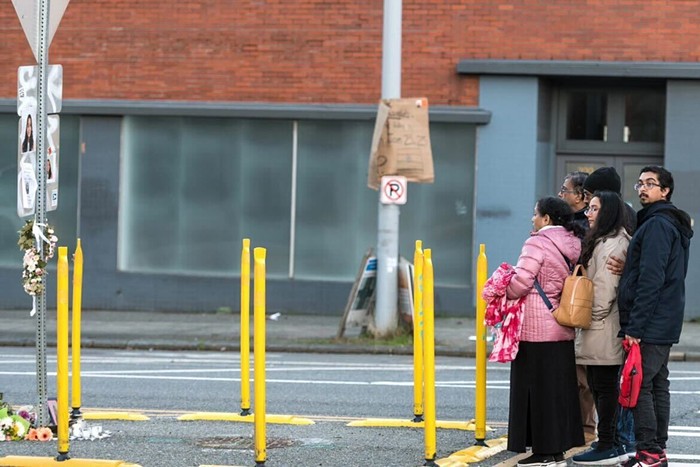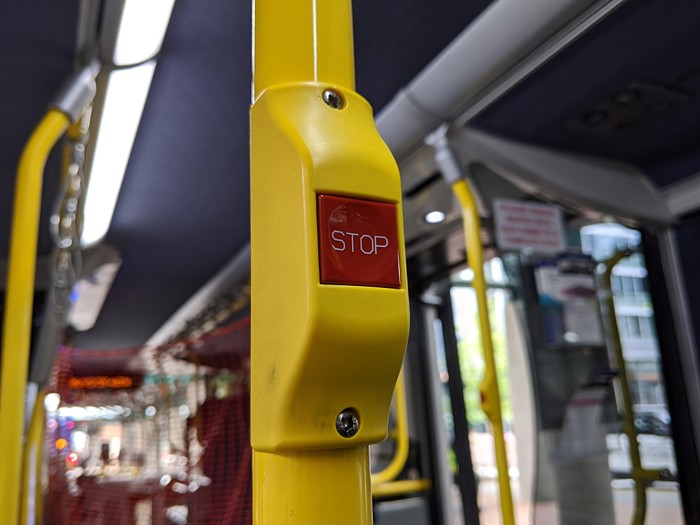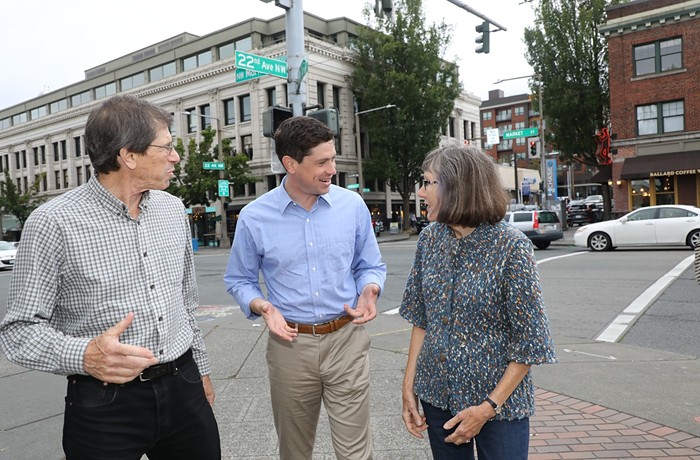
King County Executive Dow Constantine this morning announced an executive order to place juvenile justice under the purview of the public health department. He unveiled the plan at a press conference with Seattle Mayor Tim Burgess, King County department leaders, and advocates for alternatives to youth detention.
The executive order directs County departments to come up with “a plan and timeline to restructure juvenile detention” under the oversight and direction of Seattle and King County’s shared public health department. What this approach will look like in practice will depend on the results of a report and proposal from Seattle and King County Public Health by February 15.
“By using a public health model, we will be able to do more for kids,” said Executive Constantine, adding that the County must do more than just provide services for youth in detention. “It has to be about changing policies and systems that keep youth from returning to detention, or prevent them from becoming involved in the justice system in the first place.”
The goal, Constantine said, is “that detention is just a single necessary element of the broader question of how do we get this kid back on track while keeping the community safe, rather than having detention be the leading item, and then having other things be incidental to the detention.”
Seattle and King County’s shift in focus to public health is unique in the nation, Mayor Burgess said. “As best we can tell, this is the first jurisdiction in the United States that has said we are going to purposefully look at this issue through the public health lens.”
When he told Police Chief Kathleen O’Toole about the plan, she was “absolutely delighted,” he said.
Burgess mentioned the unanimous City Council resolution in 2015 to set a goal for zero youth detention. “It is misguided and counterproductive to respond to juvenile crimes solely with punitive incarceration,” he said. “In many ways, youth crime is a sign of ill health in our community, so it makes perfect sense that our public health officials would take the lead on making our community both healthier and safer.”
Patty Hayes, director of Seattle and King County Public Health, said the department will apply the public health emphasis on prevention of harm—whether outbreaks of illness, teen pregnancy or underage smoking — to youth justice. Public health will bring a “trauma-informed lens” to juvenile justice, she said.
Deputy County Executive Rhonda Berry, who Constantine named in August as leader of the zero youth detention goal, praised programs that help youth stay out of the criminal justice system, including Best Starts for Kids, the South Center Project, Community Passageways, and restorative justice and peace circles strategies used in the County justice system.
Jimmy Hung, chair of the Prosecuting Attorney’s Office juvenile unit, said the approach was exciting because “it’s not only addressing the needs of the individual victim in this specific case, but it’s how do we prevent the ten victims down the road.”
What will this look like in practice? “I think what I’m hearing is, we’re going to find out,” Hung said. Hung gave the example of a young person charged with assaulting a police officer. The officer was willing to go through a restorative justice process rather than the criminal justice system, and the youth ended up riding along with the officer for 25 hours to see his perspective. The victim was satisfied with this result.
Dominique Davis, founder of Community Passageways, a nonprofit dedicated to restorative justice, talked about his organization’s work to divert young people, such as those with pending gun charges or who have been violent, away from the criminal justice system.
Programs like Davis’s are an example of a public health approach to youth justice, one that’s trauma-informed and helps the youth build resilience, said Hayes of Public Health Seattle & King County.
In the program, kids talk to people who have gone through some of the same trauma and life experiences as they have, Davis said. The program helps develop their leadership skills and self-confidence, having them attend workshops and panels, in some cases having them serve youth advisors for government, and ultimately finding jobs and internships. With this help, Davis said, “the guns get put down. The friends start changing. The attitudes start shifting. It works. We’re doing it. I know we’re saying that we’re going to do some studies, but it works.”


















